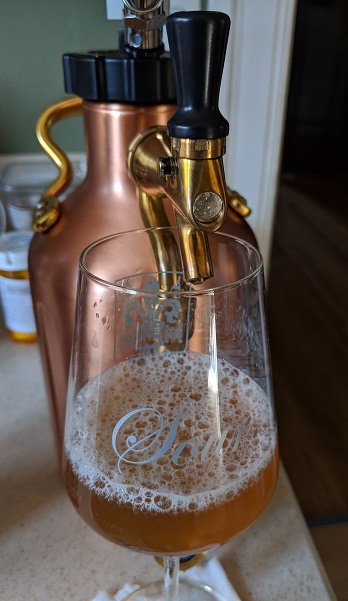TwistedGray
El Jefe Brewing Company
Not looking for input on what gear I should buy for kegging. This is a post asking what I can do with what I have without buying anything else, thank you.
Here is the one and only thing that I am almost certain of...I have everything I need. With that, let's take inventory (with links)
Here is the one and only thing that I am almost certain of...I have everything I need. With that, let's take inventory (with links)
- uKeg 64oz pressurized growler
- uKeg ball lock cap
- KegLand Co2 regulator
- KegLand ball lock keg connector (not sure which, but this is what it looks like)
- Empire 24oz paintball Co2 tank (Qty. 2)
- Adapter for the paintball tanks (referenced above)
- Appropriate length of PVC tubing for the KegLand ball lock keg connector (linked above)
Last edited:




